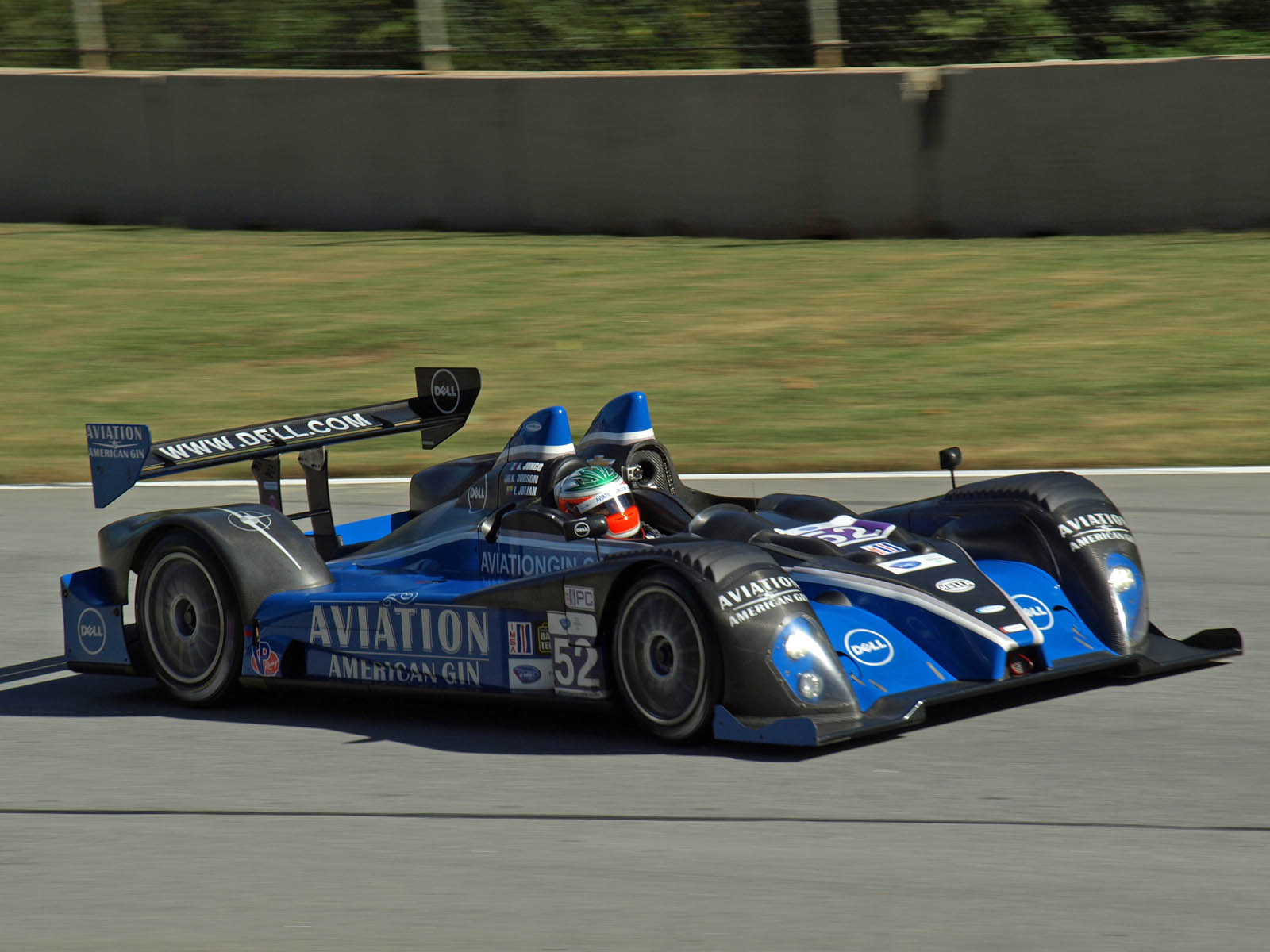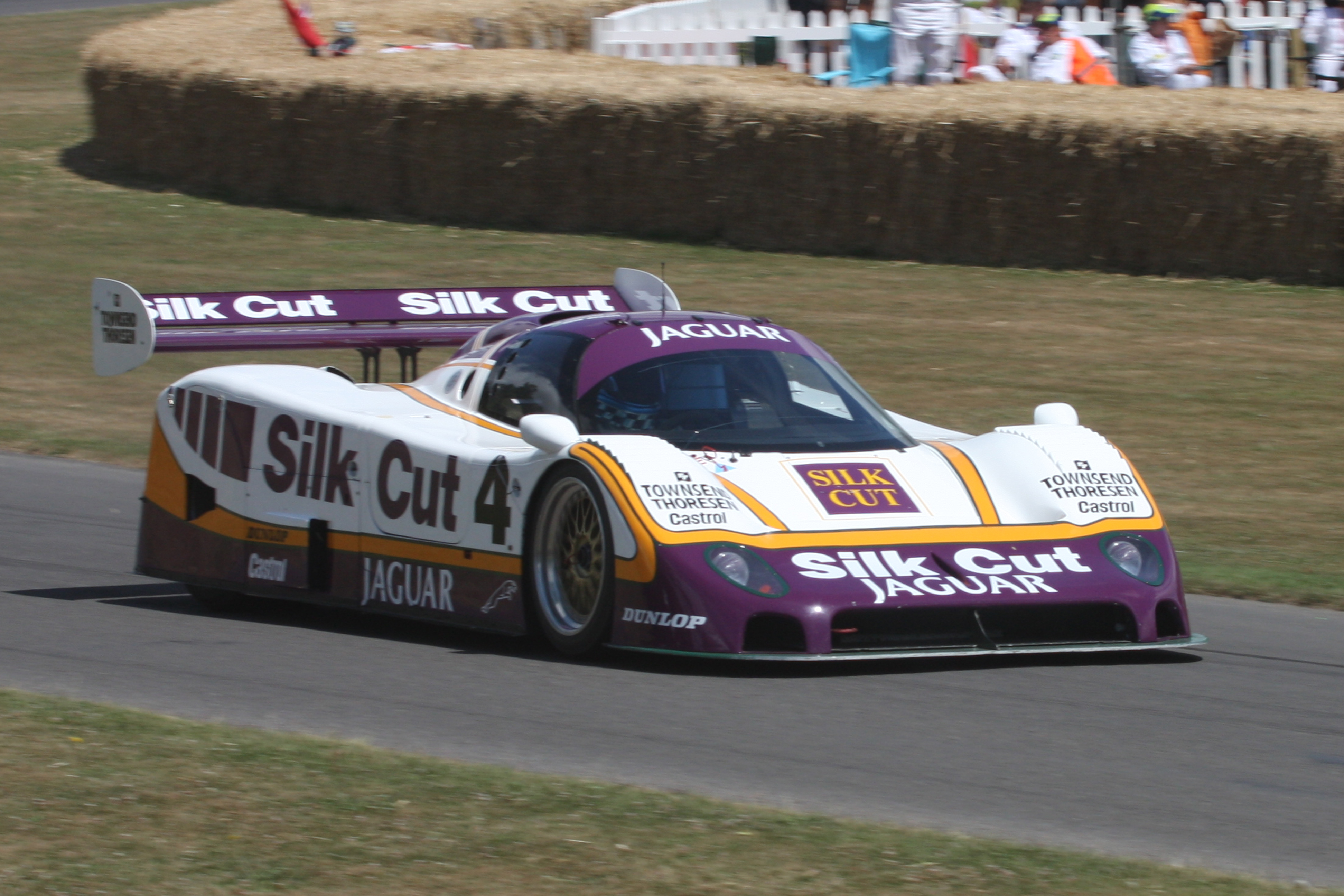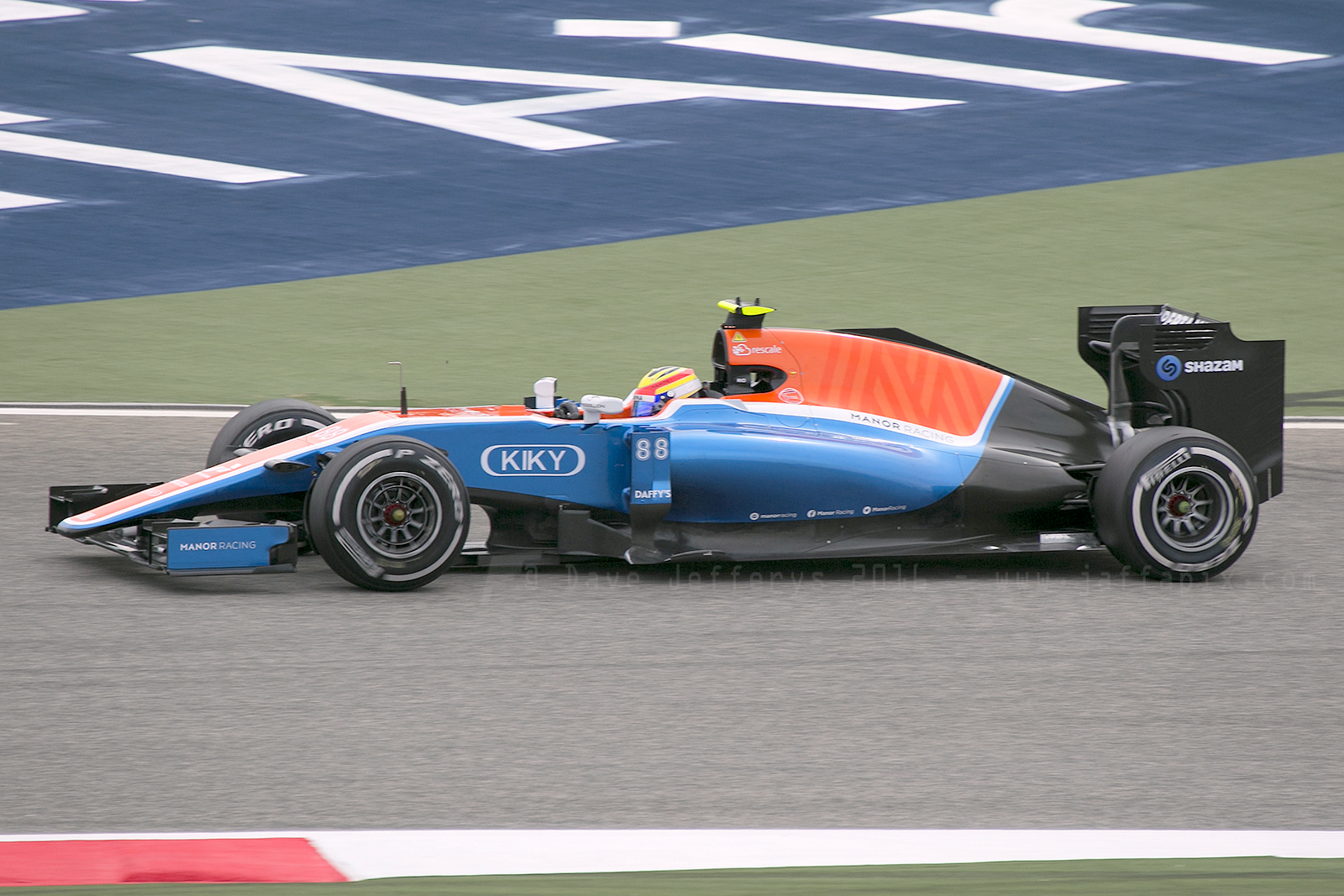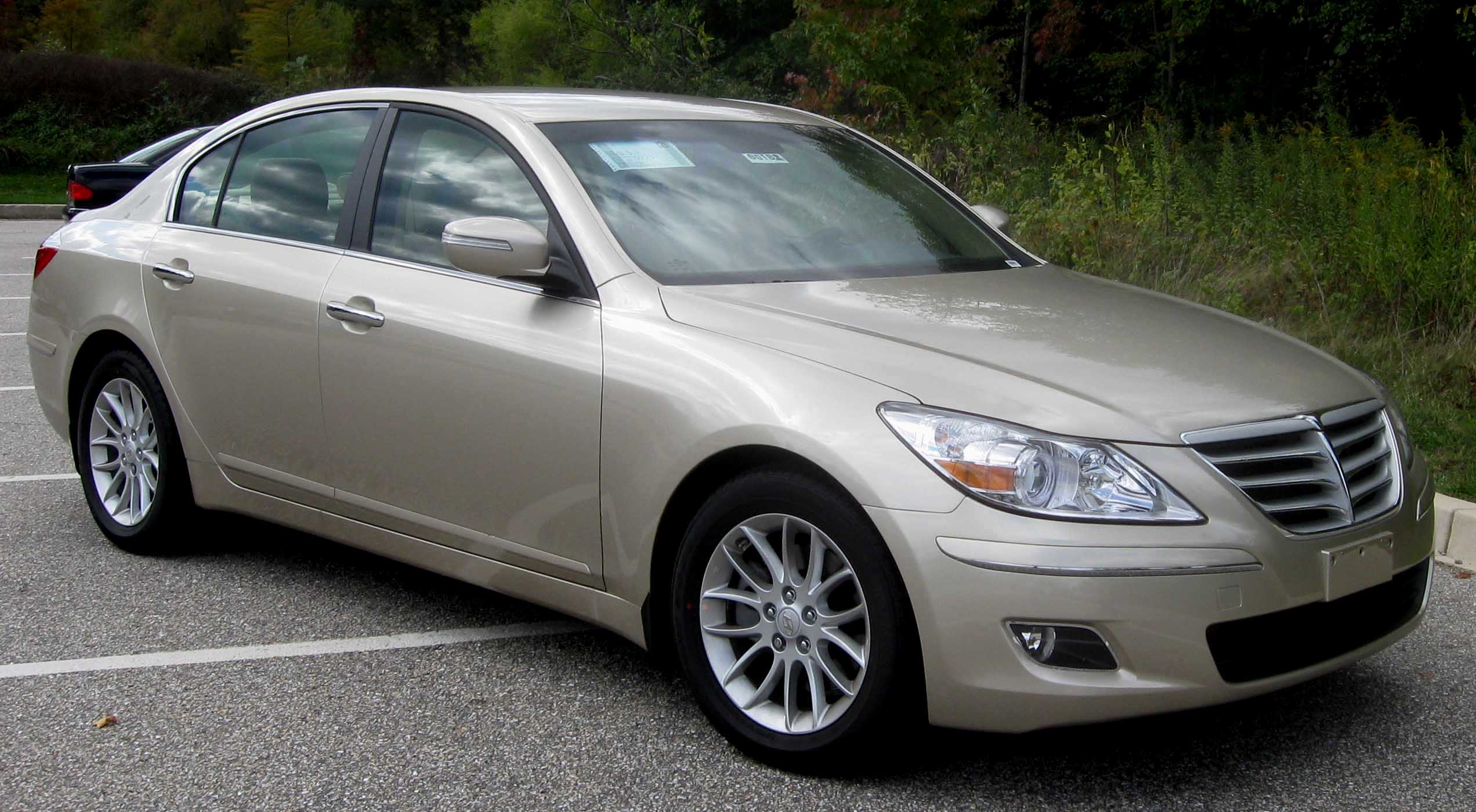|
Courage LC75
The Courage LC75 is a Le Mans Prototype race car, designed, developed and built by French manufacturer Courage Competition, Courage, based on the Courage LC70 LMP1 car, and designed by Courage to compete in the LMP2 class in the Le Mans Series and the 24 Hours of Le Mans. The car was transformed by Honda Performance Development, HPD (Honda Performance Development) into the American Le Mans Series-winning Acura ARX-01. Awards While the LC75 itself wasn't very successful, its evolution, redesigned and engineered by HPD took several titles in the American Le Mans Series. The car did not enjoy the sporting and commercial success of its predecessor the Courage C65. Chassis Only two chassis have carried the name LC75, no other LC70 chassis has been configured for the LMP2 category. Chassis n°1 is the first of the LC70 & LC75 series, it was used in 2006 for driving tests and tune-ups. Noël Del Bello Racing used it in 2007 before it was used again for testing as part of Oreca's deve ... [...More Info...] [...Related Items...] OR: [Wikipedia] [Google] [Baidu] |
Saulnier Courage Silverstone
Saulnier () may refer to: People * Cyril Saulnier, French tennis player * Jeremy Saulnier, American film director * Jill Saulnier, Canadian ice hockey player * Jules Saulnier, French architect * Lucien Saulnier, Canadian politician * Raymond Saulnier (aircraft manufacturer), joint founder of the Morane-Saulnier aircraft company * Raymond J. Saulnier, American economist * Steve Saulnier, American football player and coach * Tania Saulnier, Canadian actress Other uses * Morane-Saulnier Aéroplanes Morane-Saulnier was a French aircraft manufacturing company formed in October 1911 by Raymond Saulnier and the Morane brothers, Léon and Robert. The company was taken over and diversified in the 1960s. History Model development ..., French aircraft manufacturer * List of aircraft (S), Saulnier * Saulnières (other) Occupational surnames {{disambig ... [...More Info...] [...Related Items...] OR: [Wikipedia] [Google] [Baidu] |
Oreca
ORECA (Organisation Exploitation Compétition Automobiles) is a French auto racing, racing team and race car constructor, founded in 1973 and run by Hugues de Chaunac, former team manager of F1 team Automobiles Gonfaronnaises Sportives, AGS. Oreca has had success in many areas of motorsport. Since the early 1990s the team has concentrated on running Sports car racing, sports cars and Sports car racing#Grand Touring, GT cars. Team In the 1970s and 1980s, drivers including Alain Prost, Jacques Laffite and Jean Alesi won the French Formula Three Championship for the team a record 11 times. In the 1990s, Oreca ran a BMW operation in the French Supertouring Championship. It also won the FIA GT Championship and the Le Mans 24 Hours in the GT2 class with a Chrysler Viper GTS-R and overall with a Mazda 787B in 1991, on their second attempt and first after a decade. Also, the team prepared the Renault Clio S1600 for rallying and won the ice racing Andros Trophy with a Toyota Corolla dr ... [...More Info...] [...Related Items...] OR: [Wikipedia] [Google] [Baidu] |
2000s Cars
S, or s, is the nineteenth letter of the Latin alphabet, used in the English alphabet, the alphabets of other western European languages and other latin alphabets worldwide. Its name in English is ''ess'' (pronounced ), plural ''esses''. History Northwest Semitic šîn represented a voiceless postalveolar fricative (as in 'ip'). It originated most likely as a pictogram of a tooth () and represented the phoneme via the acrophonic principle. Ancient Greek did not have a "sh" phoneme, so the derived Greek letter Sigma () came to represent the voiceless alveolar sibilant . While the letter shape Σ continues Phoenician ''šîn'', its name ''sigma'' is taken from the letter ''Samekh'', while the shape and position of ''samekh'' but name of ''šîn'' is continued in the '' xi''. Within Greek, the name of ''sigma'' was influenced by its association with the Greek word (earlier ), "to hiss". The original name of the letter "Sigma" may have been ''san'', but due to the ea ... [...More Info...] [...Related Items...] OR: [Wikipedia] [Google] [Baidu] |
Cars Of France
A car, or an automobile, is a motor vehicle with wheels. Most definitions of cars state that they run primarily on roads, seat one to eight people, have four wheels, and mainly transport people rather than cargo. There are around one billion cars in use worldwide. The French inventor Nicolas-Joseph Cugnot built the first steam-powered road vehicle in 1769, while the Swiss inventor François Isaac de Rivaz designed and constructed the first internal combustion-powered automobile in 1808. The modern car—a practical, marketable automobile for everyday use—was invented in 1886, when the German inventor Carl Benz patented his Benz Patent-Motorwagen. Commercial cars became widely available during the 20th century. The 1901 Oldsmobile Curved Dash and the 1908 Ford Model T, both American cars, are widely considered the first mass-produced and mass-affordable cars, respectively. Cars were rapidly adopted in the US, where they replaced horse-drawn carriages. In Europe and other pa ... [...More Info...] [...Related Items...] OR: [Wikipedia] [Google] [Baidu] |
Sports Prototypes
A sports prototype, sometimes referred to simply as a prototype, is a type of race car that is used in high-level categories of sports car racing. They are purpose-built auto-sports race cars, as opposed to production-car based or street-legal, low-volume homologation specials – thus entirely not intended for consumer purchase, or production beyond the fabrication of the (nearly) unique cars entered into races and in race-car competition classes or "formulas", with sufficiently open regulations to allow for vehicles of unique design to partake. Prototype racing cars have competed in sports car racing since before World War II, but became the top echelon of sports cars in the 1960s as they began to replace homologated sports cars. Current ACO regulations allow most sports car series to use two forms of cars: ''grand tourers (GT cars)'', which are strictly based on production street cars, and ''sports prototypes'', which are allowed a great amount of flexibility within set ru ... [...More Info...] [...Related Items...] OR: [Wikipedia] [Google] [Baidu] |
Mid-engined Cars
In automotive engineering, a mid-engine layout describes the placement of an automobile engine in front of the rear-wheel axles, but behind the front axle. History The mid-engine, rear-wheel-drive format can be considered the original layout of automobiles. A 1901 Autocar was the first gasoline-powered automobile to use a drive shaft and placed the engine under the seat. This pioneering vehicle is now in the collection of the Smithsonian Institution. Benefits Mounting the engine in the middle instead of the front of the vehicle puts more weight over the rear tires, so they have more traction and provide more assistance to the front tires in braking the vehicle, with less chance of rear-wheel lockup and less chance of a skid or spin out. If the mid-engine vehicle is also rear-drive the added weight on the rear tires can also improve acceleration on slippery surfaces, providing much of the benefit of all-wheel-drive without the added weight and expense of all-wheel-drive compo ... [...More Info...] [...Related Items...] OR: [Wikipedia] [Google] [Baidu] |
Rear-wheel-drive Vehicles
Rear-wheel drive (RWD) is a form of engine and transmission layout used in motor vehicles, in which the engine drives the rear wheels only. Until the late 20th century, rear-wheel drive was the most common configuration for cars. Most rear-wheel drive vehicles feature a longitudinally-mounted engine at the front of the car. Layout The most common layout for a rear-wheel drive car is with the engine and transmission at the front of the car, mounted longitudinally. Other layouts of rear-wheel drive cars include front-mid engine, rear-mid engine, and rear-engine. Some manufacturers, such as Alfa Romeo, Lancia, Porsche (944, 924, 928) and Chevrolet (C5, C6, and C7 Corvettes), place the engine at the front of the car and the transmission at the rear of the car, in order to provide a more balanced weight distribution. This configuration is often referred to as a transaxle since the transmission and axle are one unit. History 1890s to 1960s Many of the cars built in the 19th cent ... [...More Info...] [...Related Items...] OR: [Wikipedia] [Google] [Baidu] |
24 Hours Of Le Mans Race Cars
4 (four) is a number, numeral and digit. It is the natural number following 3 and preceding 5. It is a square number, the smallest semiprime and composite number, and is considered unlucky in many East Asian cultures. Evolution of the Hindu-Arabic digit Brahmic numerals represented 1, 2, and 3 with as many lines. 4 was simplified by joining its four lines into a cross that looks like the modern plus sign. The Shunga would add a horizontal line on top of the digit, and the Kshatrapa and Pallava evolved the digit to a point where the speed of writing was a secondary concern. The Arabs' 4 still had the early concept of the cross, but for the sake of efficiency, was made in one stroke by connecting the "western" end to the "northern" end; the "eastern" end was finished off with a curve. The Europeans dropped the finishing curve and gradually made the digit less cursive, ending up with a digit very close to the original Brahmin cross. While the shape of the characte ... [...More Info...] [...Related Items...] OR: [Wikipedia] [Google] [Baidu] |
Le Mans Prototypes
A Le Mans Prototype (LMP) is a type of sports prototype race car used in various races and championships, including the 24 Hours of Le Mans, FIA World Endurance Championship, IMSA SportsCar Championship, European Le Mans Series, and Asian Le Mans Series. Le Mans Prototypes were created by the Automobile Club de l'Ouest (ACO). The technical requirements for an LMP include bodywork covering all mechanical elements of the car. there are two classes within Le Mans Prototypes, designated LMP2 and LMP3. While not as fast as open-wheel Formula One cars around a track, the LMP1s were the fastest closed-wheel racing cars used in circuit racing. Le Mans Prototypes are considered a class above production-based grand tourer cars, which compete alongside them in sports car racing. Later, LMP1 designs included hybrid cars that use electric motors to assist acceleration. The Le Mans Prototype LMP1 class has been replaced by Le Mans Hypercars in the FIA World Endurance Championship ... [...More Info...] [...Related Items...] OR: [Wikipedia] [Google] [Baidu] |
OAK Racing
OAK Racing is an Endurance racing (motorsport), endurance racing team specialising in sports prototypes based in Le Mans, France. In 2013 24 Hours of Le Mans, 2013 it won the 24 Hours of Le Mans in Le Mans Prototype, LMP2 class and the 2013 FIA World Endurance Championship season, 2013 FIA WEC World Champion drivers and teams on LMP2 class. In 2012 the team contested the FIA World Endurance Championship with LMP1 and LMP2 prototypes (including the blue riband Le Mans 24 Hours) as well as the European Le Mans Series, which caters for LMP2 cars only. After a number of successful years in the Le Mans Prototype, LMP2 class the team stepped up to the premier Le Mans Prototype, LMP1 category in 2011. The team competes in the famous orange and blue racing livery of Gulf Oil in both championships through its partnership with CAR OIL, Gulf Lubricants’ exclusive distributor for France, Belgium and Luxembourg. Powered by Honda Performance Development (LMP1) and Nissan (LMP2) engines, OAK ... [...More Info...] [...Related Items...] OR: [Wikipedia] [Google] [Baidu] |
Judd GV5
Judd is a brand of racing car engines built by Engine Developments Ltd., a company founded in 1971 by John Judd and Jack Brabham in Rugby, Warwickshire, England. Engine Developments was intended to build engines for Brabham's racing efforts, and became one of the first firms authorised by Cosworth to maintain and rebuild its DFV engines, but has since expanded into various areas of motorsport. Judd has provided engines for many major series, including Formula One, Indycar and other smaller formula series, sports car racing, and touring car racing. They have been associated with manufacturers such as Yamaha, MG, Mazda and Honda, although they have mainly been a privateer-engine supplier. Lower formulae and IndyCar As a result of Jack Brabham's long-standing relationship with Honda, Judd was hired by them to develop an engine for the company's return to Formula Two in association with Ron Tauranac's Ralt team. After the demise of Formula Two at the end of the 1984 season, J ... [...More Info...] [...Related Items...] OR: [Wikipedia] [Google] [Baidu] |
Pegasus Racing
Pegasus (; ) is a winged horse in Greek mythology, usually depicted as a white stallion. He was sired by Poseidon, in his role as horse-god, and foaled by the Gorgon Medusa. Pegasus was the brother of Chrysaor, both born from Medusa's blood when their mother was decapitated by Perseus. Greco-Roman poets wrote about his ascent to heaven after his birth and his obeisance to Zeus, who instructed him to bring lightning and thunder from Olympus. Pegasus is the creator of Hippocrene, the fountain on Mount Helicon. He was captured by the Greek hero Bellerophon, near the fountain Peirene, with the help of Athena and Poseidon. Pegasus allowed Bellerophon to ride him in order to defeat the monster Chimera, which led to many more exploits. Bellerophon later fell from Pegasus's back while trying to reach Mount Olympus. Both Pegasus and Bellerophon were said to have died at the hands of Zeus for trying to reach Olympus. Other tales have Zeus bring Pegasus to Olympus to carry his thunderbolt ... [...More Info...] [...Related Items...] OR: [Wikipedia] [Google] [Baidu] |







